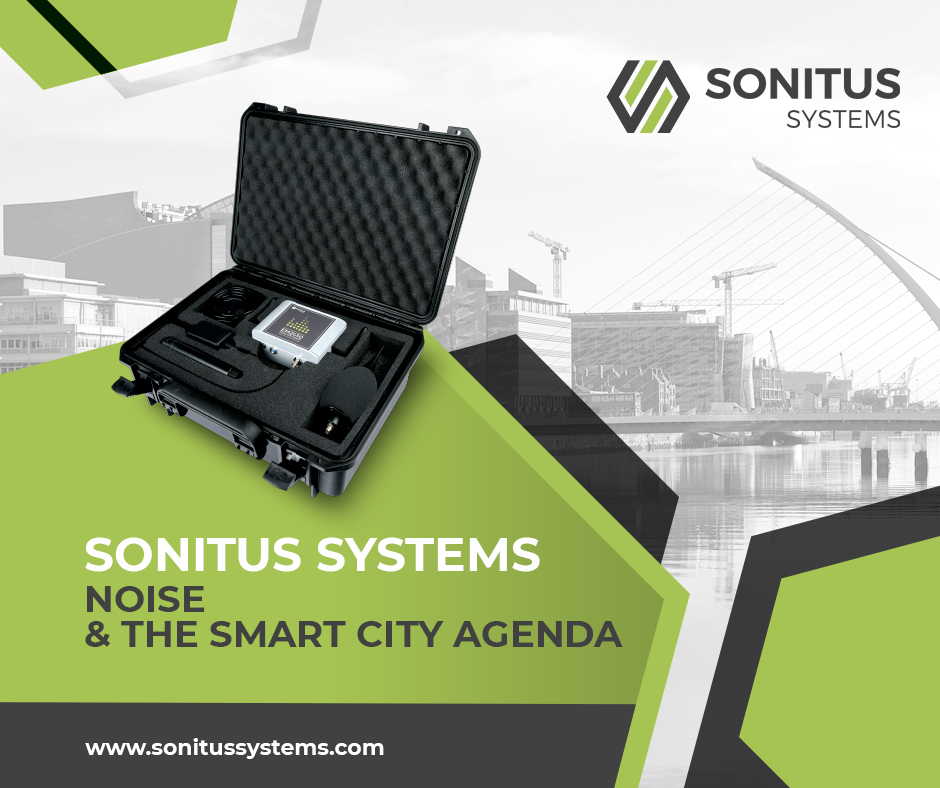While there are many definitions of what a smart city is or ought to be, my personal favourite is one that describes a smart city as…
What is a so-called ‘Smart City’?
While there are many definitions of what a smart city is or ought to be, my personal favourite is one that describes a smart city as:
“…a city that incorporates information and communication technologies to enhance the quality and performance of urban services such as energy, transportation and utilities in order to reduce resource consumption, wastage and overall costs. The overarching aim of a smart city is to enhance the quality of living for its citizens through smart technology…”
The most important part of that definition is that the overarching aim of any smart city initiative is to enhance the quality of life for local residents and visitors to the area. Sustainability is a huge component of this.
Role of technology
Technology has undoubtedly been a key driver of positive change in city aspirations and evolving policy agendas across the planet. With the recent proliferation of IoT (internet of things) devices, it has now become common place for cities and individuals to monitor many aspects of their environments, including air quality and noise or sound levels. We have written extensively about air quality initiatives over the past year, including the following Dublin City Council project, which our team here at Sonitus Systems were proud to work on: Covid 19: Smart Cities Empowering Residents with Air Quality Data
Sound level monitoring and noise measurement
The ever-decreasing cost of electronic components and rise of the online ‘maker’ community – coupled with enhanced tools for building and deploying sound monitoring devices – have made noise measurement more accessible for cities and for businesses. Increasing urban density means that people are living in closer proximity to one another and this is putting noise management high up on the environmental agenda of authorities and citizens alike.
Why?
Environmental noise and soundscapes are a key aspect of urban life and gathering data on a wider scale is generally seen as a route to better management of city noise. Cities and citizens can then use the data produced by monitoring technology to make better decisions about policy, planning, resourcing or personal activities.
Citizen-led trials in Barcelona have led to community initiatives to tackle noise. The local residents, armed with measurement results from low-cost sensors, have come up with plans to tackle noise pollution from late night social activity in the Plaça del Sol square. While the accuracy of these measurements may be questionable in the eyes of an acoustics professional, the ability to monitor and act on the information is surely having the desired result.
How?
Urban sound monitoring in the smart city context is approached in several ways, with a wide array of measurement instruments. Sensitive or controversial sites such as airports are monitored with high-grade measurement instrumentation, which give live compliance measurements. This is perhaps the more traditional approach to noise monitoring: Class 1 instrumentation with meteorological monitoring, calibration systems, appropriate windshields and all the usual considerations for accurate sound level measurement.
On the other end of the scale, crowdsourced sensing applications allow citizens to capture sound level measurements with a mobile phone app and upload results to an online platform. Individuals can take a streetside measurement and contribute to a community-sourced database of readings.
There is undoubtedly a lack of standardisation across smart city projects and the instrumentation requirements of the model smart city are perhaps less clear cut than more traditional acoustics applications. Smart city projects are a complex mix of technology, policy, budgets and politics. Specifying the best acoustic measurement solution may not be the main priority. But given the variety of end user applications, highly accurate measurement may not be as useful as merely getting a consistent measurement. The quality of data needed depends on the use case. It is the treatment of that data and the subsequent decisions that are made which makes a project ‘smart’.
What’s next?
In our recent interview with Dr. Eoin King, editor of Noise News International and Associate Professor at the University of Hartford, Connecticut, he spoke about the SONYC (Sounds of New York City) project, which uses reasonably low cost sensors linked to sophisticated data processing tools to classify the soundscape, developing a better understanding of noise sources. The use of artificial intelligence is taking the idea of sound monitoring beyond the decibel scale and allowing citizens to detect the source of noise, rather than just the level. You can read the full interview here.
Sonitus Systems supply robust and reliable sound level monitoring equipment globally from their base in Dublin. Their award-winning products and services allow users to easily monitor and assess noise levels in any scenario to ensure compliance. For more information, call the team Sonitus Systems on +353 1 6778443 or email info@sonitussystems.com
